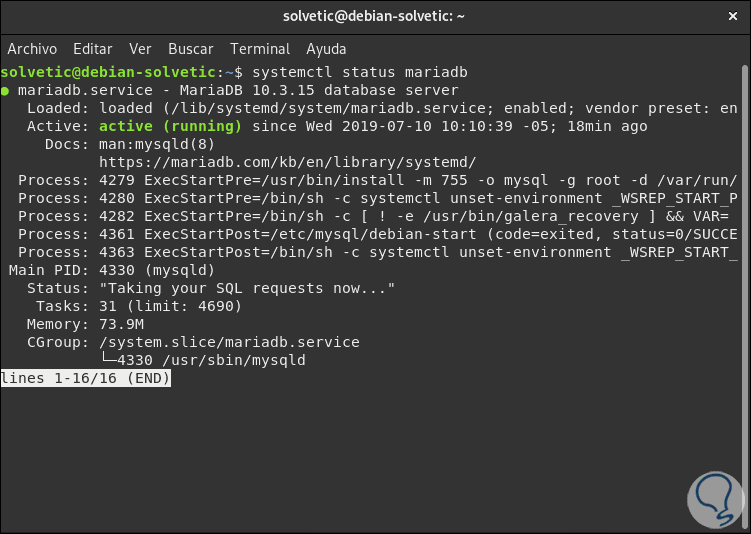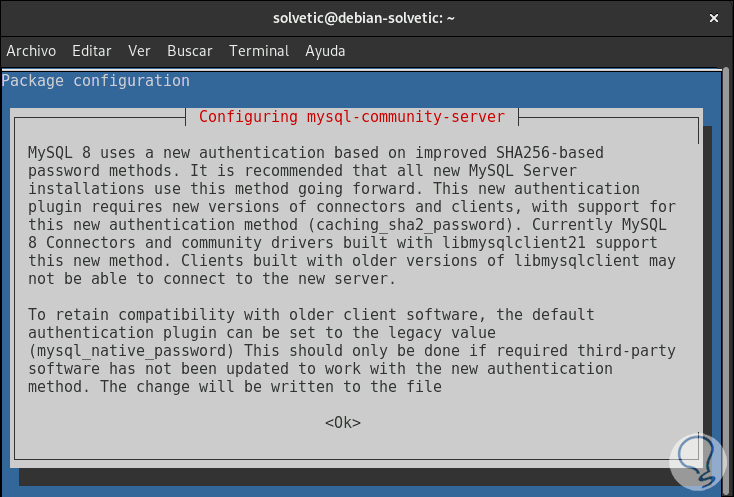

You can now check the status of MariaDB with the following command: systemctl status mariadb Once the installation is completed, start and enable the MariaDB service using the following command: systemctl start mariadb apt-get install mariadb-server mariadb-client -y Now, run the following command to install MariaDB 10.6 on Debian 11. Once the repository is added, you can update the package cache with the following command: apt-get update -y Step 3 – Install MariaDB 10.6 on Debian 11 Next, download and install the MariaDB repository installation package using the command below: wget ĭpkg -i libreadline5_5.2+dfsg-3+b13_b

Done adding trusted package signing keys Repository file successfully written to /etc/apt//mariadb.list

You will get the following output: Skipping OS detection and using OS type 'debian' and version 'buster' given on the command line Once all the dependencies are installed, download and add the GPG key with the following command: curl -LsS -O īash mariadb_repo_setup -os-type=debian -os-version=buster -mariadb-server-version=10.6 apt-get update -y Step 2 – Add MariaDB Repositoryīy default, the latest version of MariaDB is not included in the Debian 11 default repository, so you will need to add the MariaDB official repository to your system.įirst, install the required dependencies using the following command: apt-get install curl software-properties-common dirmngr gnupg2 -y Once you are logged in to your server, run the following command to update your base system with the latest available packages. Connect to your Cloud Server via SSH and log in using the credentials highlighted at the top of the page. Create a new server, choosing Debian 11 as the operating system with at least 2GB RAM. Step 1 – Create Atlantic.Net Cloud Serverįirst, log in to your Atlantic.Net Cloud Server.

We can now execute the compiled JAR: java -cp target/hello-world-0.1.0.jar hello.HelloWorld


 0 kommentar(er)
0 kommentar(er)
